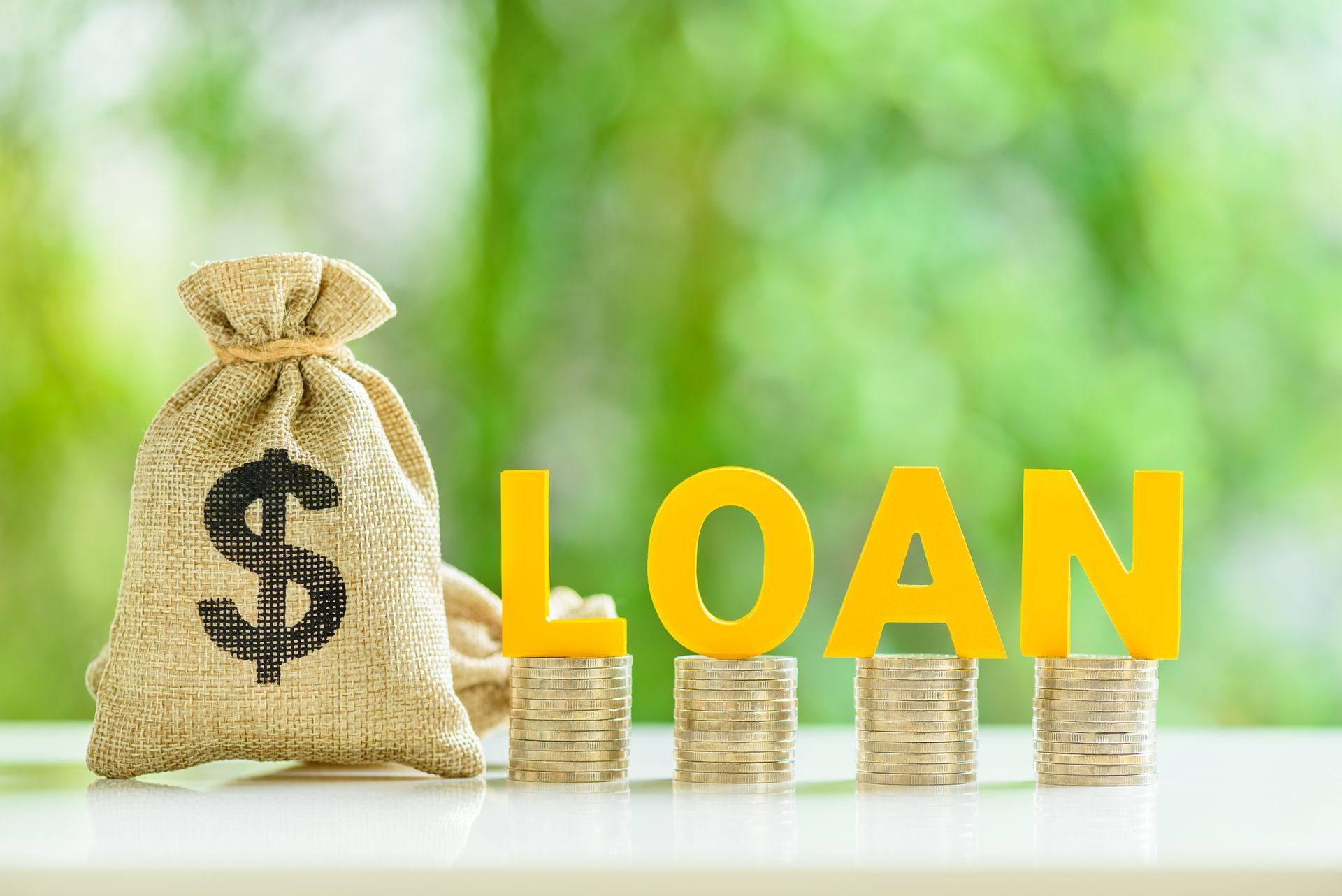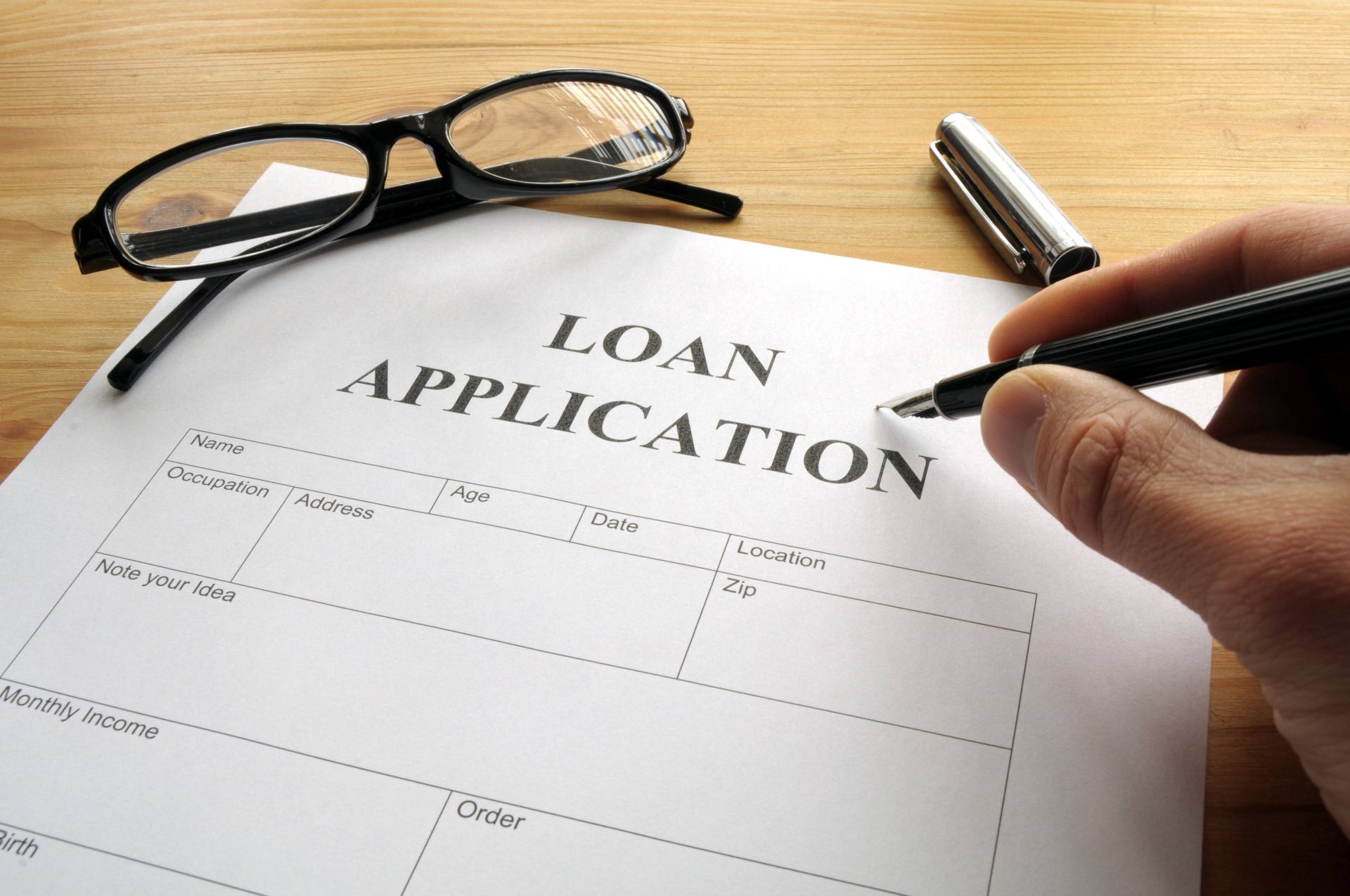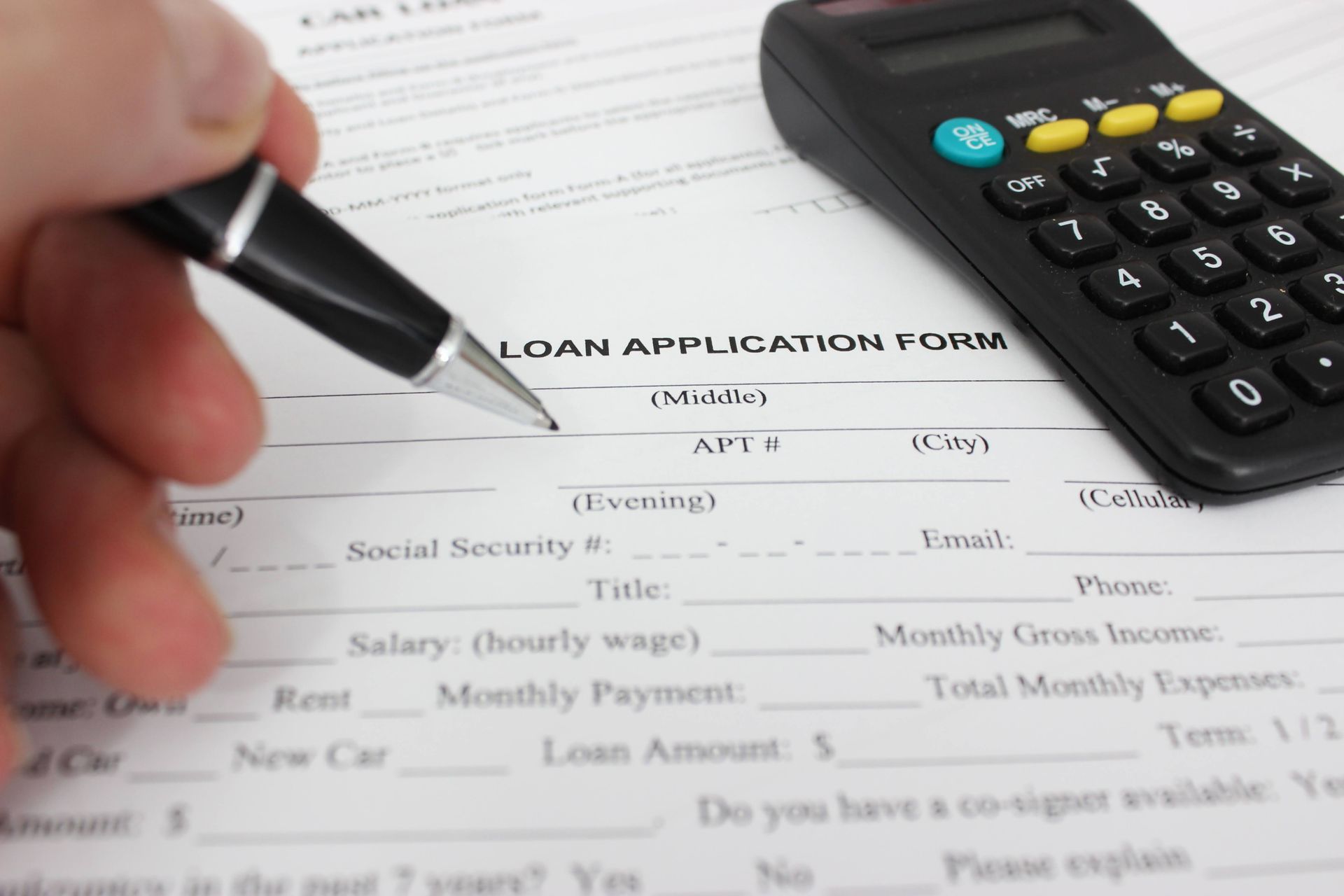Common Questions About Installment Loan Amortization
Installment loans are a manageable way to borrow money, since they often allow you to pay back the loan over time with predictable monthly payments through amortization. However, each monthly payment is not equal in terms of how much money goes toward paying off the loan. Learn about some questions you likely have about amortization if you are unfamiliar with how it works.
What Exactly Is Amortization?
Installment loans often use amortization, which is when a loan is paid back with fixed monthly payments over a set period of time. The amount of principal and interest that make up each payment will change with each payment, with the initial payments being made up with a majority of the money going toward interest.
Each sequential payment will see the amount of money going toward interest decrease while the amount toward the principal balance will increase. This means that the payments at the end of the loan will almost entirely go toward the principal balance.
The exact breakdown of principal and interest for each payment is broken down in the amortization schedule. This helps ensure you have no surprises with how much principal and interest you are paying each month.
Can the Amortization Schedule Change?
The original amortization schedule is created with the assumption that you will only make the required monthly payment each month. As long as you make the required payments, the amortization schedule will not change. However, you can alter the amortization schedule if you are allowed to make additional principal payments. Always check with your lender about if you have the option to make additional principal payments.
Any time you make an additional principal payment, you reduce how much you owe on your installment loan. This does not allow you to skip the next monthly payments but simply decreases the balance of the loan. A smaller principal balance means that you pay less in interest, and your next monthly payment will be made up of less interest as a result.
Can You Reduce the Length of the Loan?
Any additional principal payment will reduce the length of your loan. You essentially skip ahead in the amortization schedule, which causes the loan to end earlier than the original end date. Extra principal payments are a great way to pay off an installment loan early if you have the cash on hand to do so. However, that money will go toward the principal immediately, and there is no way to get it back before the end of the loan.
Can You Reduce the Monthly Payment?
It is possible that you may run into a situation where you are struggling to make your monthly payment and need it to be lower. While there is no way to alter the existing installment loan to lower the monthly payment, refinancing is always an option. This is when you essentially get a new loan to pay off the loan one, which restarts the entire installment loan process. Be aware that there are some drawbacks to refinancing an installment loan.
While the monthly payment will be lower, you will likely end up extending the length of your loan past the original end date. Keep in mind that you will also start from the beginning of the amortization schedule of the new loan, which has those initial payments mainly made up of interest. The monthly payment will be lower and more manageable, but be prepared to pay more interest in the end when you consider both loans.
Still have questions about installment loan amortization? Reach out to Ardmore Finance for more information about this complex part of borrowing money. We can help you understand how amortization applies to your specific loan.









